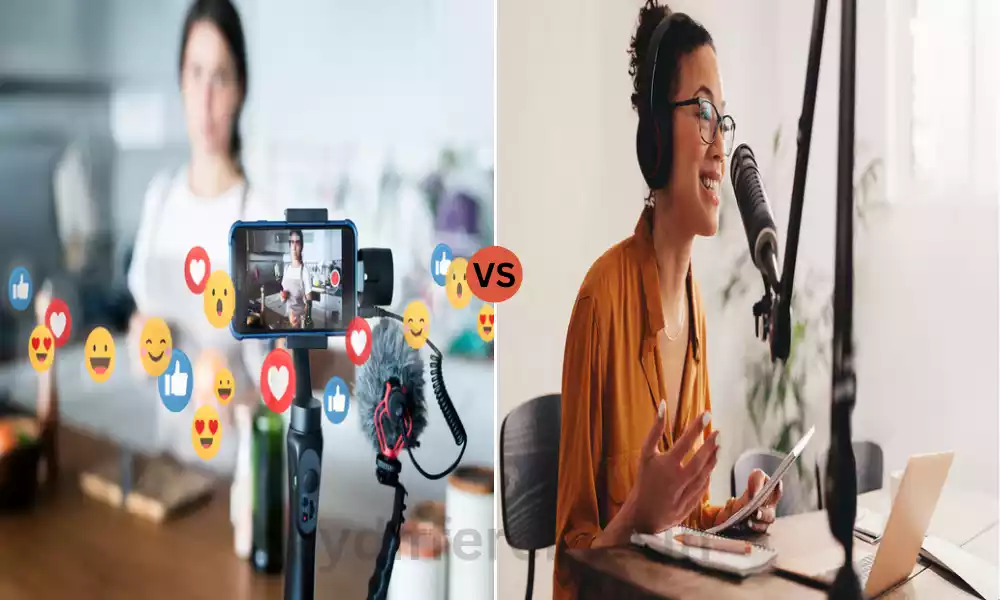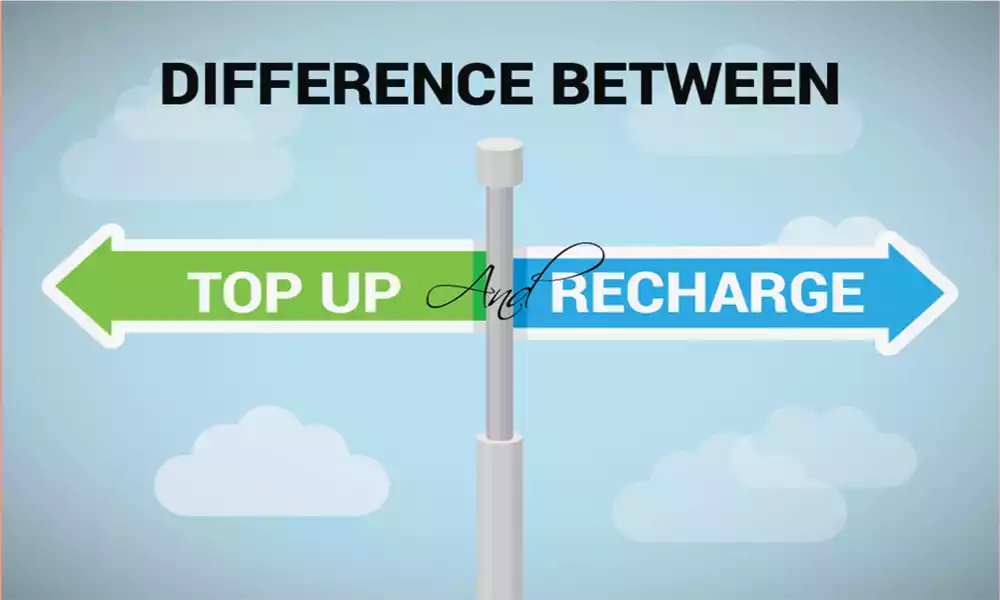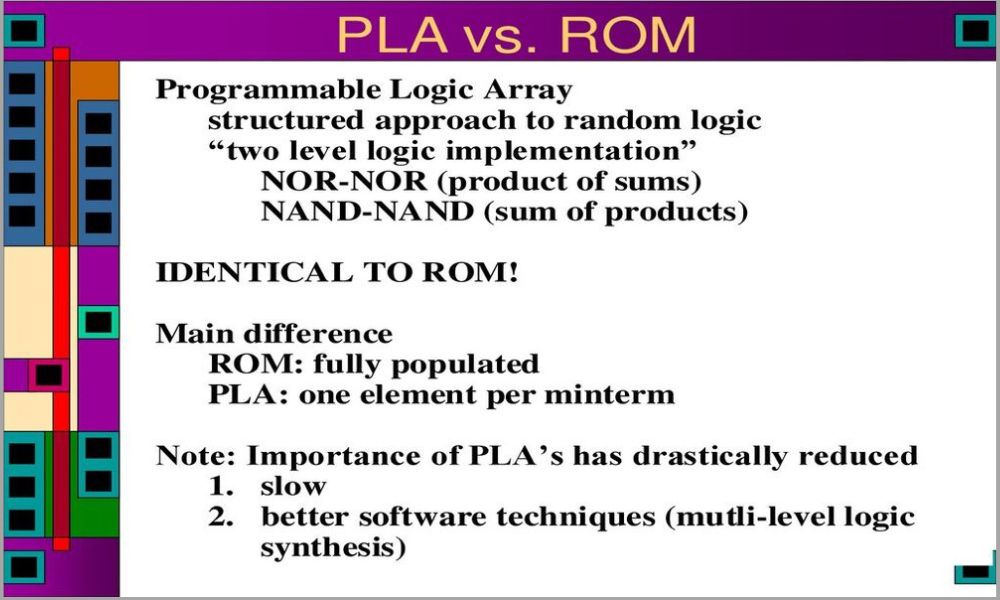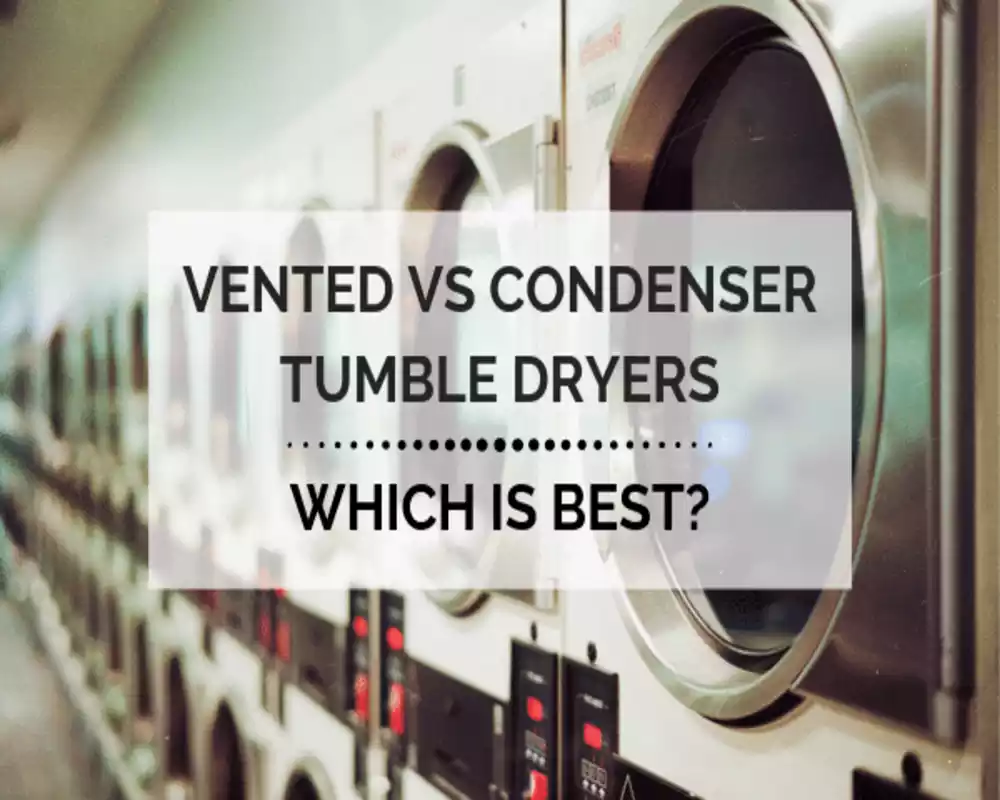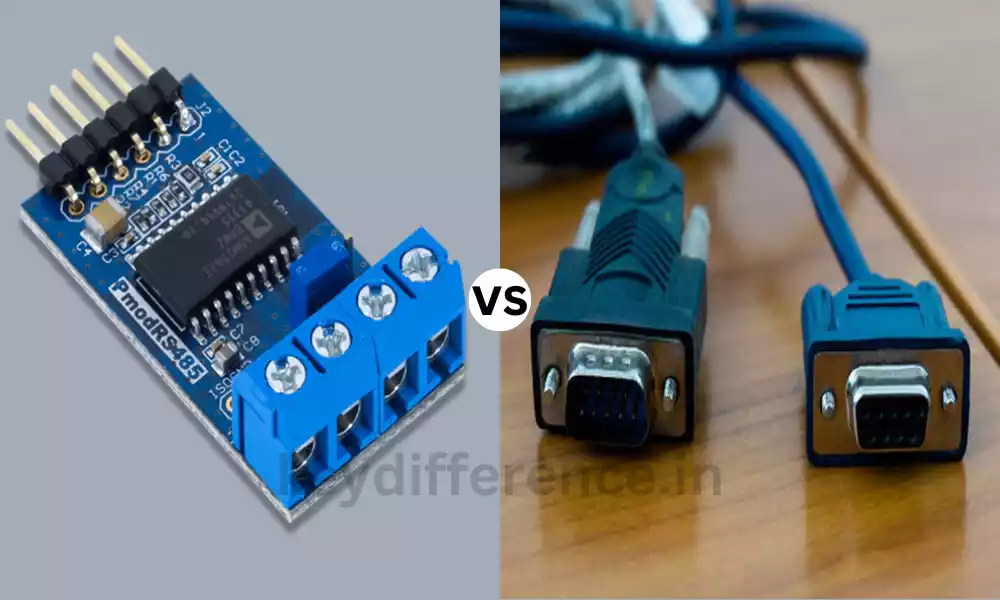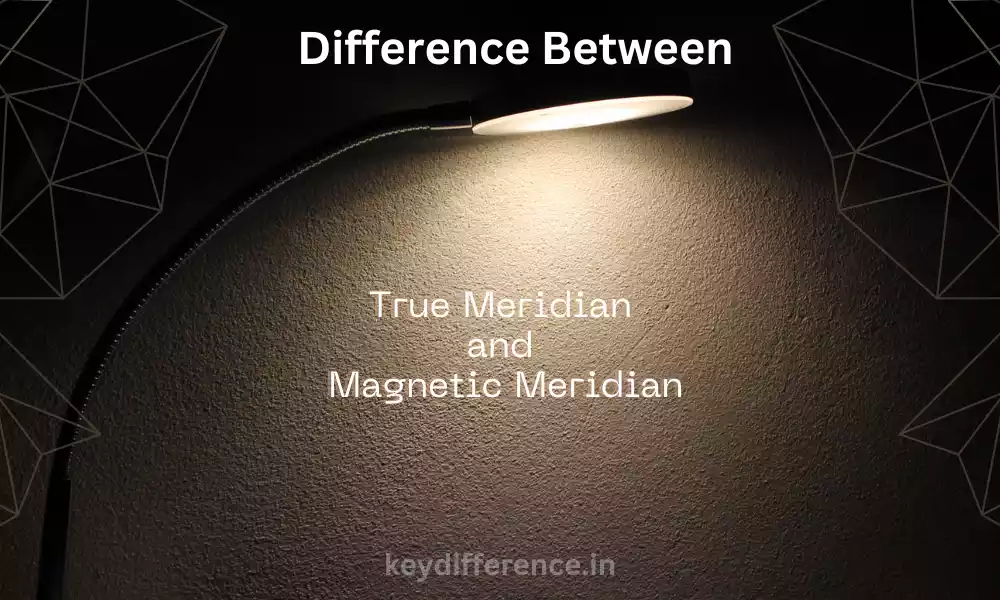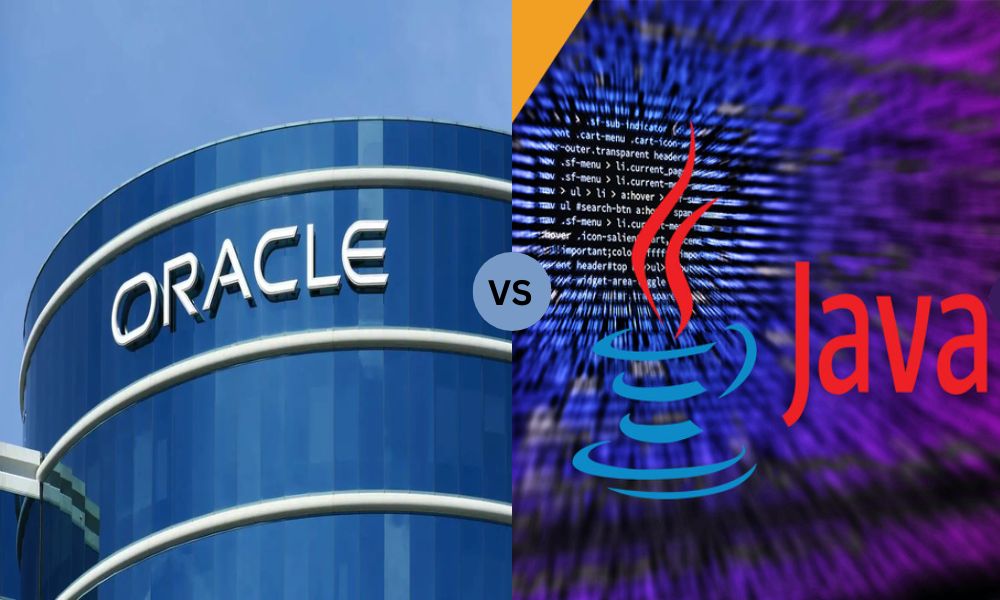In our digital world, Webcasts and podcasts are now the most popular forms of consumption of media. Although both provide valuable entertainment and information, however, they differ in regard to format accessibility, interactivity, and format.
The main differences between Webcasts and Podcasts provide a better understanding of their distinct styles as well as ways of delivery, production requirements, and much more. No matter if you’re a creator or a person who consumes content, understanding these distinctions will allow you to choose the appropriate medium for your requirements and preferences.
What is a Webcast?
A webcast, also known as “web broadcast,” is an audio-visual presentation or live event broadcast via the internet. Webcasts may include a vast spectrum of content, which includes live streaming audio, streaming video, or a mix of both.
They are commonly used to deliver presentations or seminars, conferences webinars, and other educational and informational content to an online audience. Webcasts are accessible live by people connected to the internet and allow them to watch as well as listen to broadcasts in real-time, usually with interactive features like live chat or Q&A discussions.
Many webcasts can be recorded and are made accessible for viewing on demand or listening, which extends the reach of their live broadcast.

What is a Podcast?
A podcast is an audio or multimedia application that is available on the internet for streaming on demand or downloading. Podcasts are usually periodic in nature and new episodes are published on a regular basis which can be each week or every month. They cover a variety of subjects, such as stories, news entertainment, interviews, education, and many more.
Podcasts are created to be listened to by an international audience and can be played across a variety of devices, including tablets, smartphones, computers, and even dedicated podcast apps. In contrast to live broadcasts podcasts provide the benefit of asynchronous consumption.
This allows listeners to decide the time and location to interact with the content. Podcast users can sign up to receive updates automatically as new episodes are released which makes it easy to stay up-to-date with their favourite shows.
The popularity of podcasting has grown exponentially because of its ease of access and the range of content that it provides. It is a way for organizations, individuals, and people who create content to exchange their thoughts and stories, as well as their expertise or entertain broad and sometimes niche viewers.

The growing popularity of both webcasts and podcasts
The popularity of podcasts and webcasts has been on the increase in recent times driven by a variety of key reasons:
- Accessibility A wide range of fast internet as well as the increasing number of devices that are internet-connected has made it much easier for users to use and enjoy digital content. This accessibility has been beneficial to both podcasts and webcasts.
- Multi-channel Content: Each medium offers an array of content that can be adapted to a variety of interests and preferences. It doesn’t matter if it’s educational webinars, entertainment podcasts, or discussions geared towards niches There’s a variety of content for nearly every type of audience.
- Affordability: The on-demand nature of podcasts enables listeners to pick the time and location they would like to listen, which is practical for those with hectic schedules. Webcasts, if recorded to be later viewed can also provide a degree of convenience.
- Mobile technology: the widespread use of phones as well as mobile applications makes it very simple for people to enjoy podcasts and listen to webcasts while driving in the gym, exercising, or other activities.
- Cost-effective production: Creating webcasts and podcasts has become less expensive and easy. A minimal amount of equipment and software is required to begin podcasts, and webcasts can be made by using technology that is readily available.
- Opportunities to monetize: Both webcasts and podcasts can provide the possibility for content creators to earn money from their work. This includes sponsorships, advertising as well as merchandise sales, premium content, and crowdfunding.
- Communities Building: Webcasts, podcasts, and other forms of media serve as a means for engaging with communities. Viewers and listeners can interact with creators of content, take part in discussions, and create communities based on shared interests.
- Educational and professional growth: Webcasts are frequently utilized to teach purposes like webinars and online classes. Podcasts also provide opportunities to enhance your professional and personal development through informational and educational content.
- Social Media Promoting: The integration of webcasts and podcasts along with platforms for social media has made it simpler for creators to market their content and interact with their followers.
- Engagement with Influencers and Celebrities: The participation of celebrities or influencers as well as experts in webcasts and podcasts has enthused a larger audience and more interest in these platforms.
- Search as well as Discovery: Improved search and discovery capabilities on podcasting platforms as well as websites hosting webcasts have made it simpler for users to find relevant content specifically tailored to their preferences.
- Exploration and Innovation: The creators of media are always exploring and innovating with new formats that make broadcasts, podcasts, and other webcasts enjoyable and varied.
The increasing popularity of podcasts and webcasts can be explained by their accessibility, simplicity as well as the variety of content available as well and the opportunity they present both creators of content and users to connect with and interact effectively. This trend is likely to persist as technology advances as well and the need for content that is digital continues to be high.
Live or prerecorded streaming video and audio
The expression “live or prerecorded streaming video and audio” refers to the wide range of content delivery methods for webcasts as well as certain kinds of podcasts.
Here’s a rundown of what it means for each media type:
- Webcasts:
- Live streaming: Webcasts can be broadcast in real-time, which means that the content is broadcast to the viewers in real-time. This is often used to broadcast live events, such as webinars, conferences as well as live interviews. Viewers are able to watch and listen to the event as it unfolds and be able to interact with the presenter via live chat or Q&A discussions.
- Recorded Content: Broadcasts may also be recorded and broadcast to viewers at a later time. This allows content to be created and edited prior to the time of production to ensure high-quality presentations and then broadcast in real-time to the audience at a specified time. Although technically not “live,” prerecorded webcasts may still include an element of interaction, such as live chats or discussion forums that are included in the stream.
- Podcasts:
- Prerecorded content: They are usually prerecorded audio or multimedia programs. The creators are able to record their episodes in advance edit them and then release them according to an established schedule, for example, each week or every month. Listeners to podcasts can download and access episodes anytime, allowing the flexibility of the time they want to listen to.
- Live podcasts Although they aren’t as frequent as prerecorded podcasts some podcasters opt to record live episodes and stream them live before an audience. The live format permits audience interaction via live chats or call-ins like broadcasting radio live. The recording, however, remains available for online listening after the live broadcast ends.
The webcast and the podcast provide live or recorded content, based on the purpose of the creator as well as the preferences of viewers. Live streaming allows for immediate access and interaction with the audience, whereas prerecorded content allows for precise editing and more flexible schedules for consumption.
The decision between live streaming or prerecorded content is based on what the contents are as well as the purpose of the creator.
Typically includes visual elements such as slides or video
The use of visual elements like videos or slides is an everyday feature in webcasts. This is how visual elements are usually utilized:
- Slides: A lot of webcasts particularly those that are used to present, train, or educational reasons contain slides. They can be designed with the help of presentation software such as Microsoft PowerPoint and Google Slides. During the webcast, a host or the presenter may display slides that complement their spoken material. Slides are usually synced with the video or audio to provide visual context, or to demonstrate key points.
- video: Webcasts can also include video clips or segments to improve the quality of the quality of the content. For instance, a broadcast regarding a new product launch could contain prerecorded video demonstrations of the products. Webcasts can effortlessly transition between live videos of presenters and recorded video segments, delivering a dynamic and exciting watching experience.
- Screen sharing: in webcasts that feature tutorials or software demonstrations are being discussed screen sharing is a common feature. The presenter can show their computer screen to the audience, allowing viewers to observe what’s going on on the presenter’s computer in real-time.
- Visual and Graphic Effects: Certain webcasts include animations, graphics, or visual effects in order to increase the enjoyment of the content. Visual effects can be utilized to draw attention to data and concepts or provide an aesthetic dimension for the broadcast.
- Multi-camera setup: In professionally-produced webcasts that have multiple camera setups, the cameras can be used to create different views or angles. This is usually observed in live events like concerts or conferences in which different camera angles can enhance the visual impact.
- Interactive visuals: Webcasts that incorporate audience interaction, and visuals may be utilized to entice viewers. For instance, polls graphs, and charts could be used to get the opinions of viewers or to illustrate results from surveys in real time.
The inclusion using visual components in webcasts is intended to improve the comprehension of content. It can make the presentation more interesting and give a greater multimedia experience.
Webcast creators can present content in a more engaging and visually pleasing manner which makes it a powerful medium to serve a range of applications including corporate webinars, live online education courses, and events.
Can be accessed through web browsers or specific platforms
Podcasts and Webcasts are accessible via a variety of methods, such as websites and platforms that support them. The way each medium usually permits access:
Webcasts:
- Web browsers: Webcasts are often accessible via web browsers. Content creators and event organizers can offer a dedicated site or a webpage that allows viewers to access the live or recorded webcast. The viewers can visit the URL on their web browser to view the webcast.
- Particular Platforms: Alongside web browsers streaming webcasts might also be accessible on specific streaming or webcasting platforms. These platforms are specifically designed to host and provide live or streaming webcasts. Some examples comprise Zoom, GoToWebinar, YouTube Live, Vimeo Live, as well as a myriad of other streaming services. Users can watch webcasts on these platforms by logging onto the appropriate website or application.
- Embedding: Webcasts can also be embedded on other websites or in specific web-based applications. Content creators can publish their webcasts on a variety of online platforms, thereby reaching an even wider audience.
Podcasts:
- Podcast Directories, Apps, and more: Podcasts are usually accessible through podcast directories as well as specific podcast applications. The most popular directories are the Apple Podcasts, Spotify, Google Podcasts, Stitcher, and numerous others. Users can search for and sign up for podcasts through these directories, which makes it simple to be notified of new episodes on a regular basis.
- Web sites: Podcast creators can also post their podcast episodes on their blogs or websites. Users can stream or download episodes from the pages.
- Podcast RSS Feeds: Advanced users may listen to podcasts using the RSS (Really Simple Syndication) feeds. This means that you subscribe to the broadcast’s RSS feed with compatible software or applications that can download new episodes when they are released.
- Twitter, Social Media streaming services: Podcast episodes could be uploaded to streaming or social media platforms. services, which provide additional access points to listeners.
Both podcasts and webcasts provide numerous access points, which allow users to choose the option that best suits their preferences. Webcasts can be downloaded using websites and streaming platforms, whereas podcasts are typically accessed via podcast directories, app websites, as well as RSS feeds. The variety of accessibility options makes it easy for viewers to access the podcast and webcast content.
Comparison Table of Webcast and Podcast
Here’s a comparison table highlighting the key differences between webcasts and podcasts:
| Aspect | Webcast | Podcast |
|---|---|---|
| Format | Live or prerecorded video/audio | Prerecorded audio or multimedia |
| Accessibility | Requires internet for live access | Downloadable for offline listening |
| Interactivity | Real-time engagement (live chat, Q&A) | Asynchronous, limited interaction |
| Content Structure | Structured presentations, discussions | Varied (interviews, storytelling, etc.) |
| Production & Equipment | Requires more equipment/setup | Requires minimal equipment/software |
| Distribution & Platforms | Web platforms or specific webcasting services | Podcast directories, dedicated apps |
| Monetization | Advertising, sponsorships, ticketed events | Advertising, sponsorships, donations |
| Examples & Use Cases | Webinars, live conferences, educational events | Storytelling, education, entertainment |
| Live vs. Prerecorded | Can be live or prerecorded | Typically prerecorded, but live options exist |
| Visual Elements | Often includes slides, video, screen sharing | Audio-focused, minimal visuals |
| Accessibility via Web | Accessible through web browsers | Typically accessed through directories or websites |
| Accessibility via Apps | Specific webcasting platforms or streaming services | Podcast directories and dedicated apps |
| Community Engagement | Interaction during live sessions | Limited interaction, asynchronous |
| Content-Length | Typically longer in duration | Typically shorter, but varies widely |
| Production Complexity | May involve multiple cameras, microphones | Requires less complex production |
| Subscription Model | Less common, ticket sales for live events | Common, subscriptions for premium content |
This table provides an overview of the main distinctions between webcasts and podcasts, helping to illustrate their differences in format, accessibility, engagement, and more. Keep in mind that the specific characteristics of webcasts and podcasts can vary depending on individual creators and their goals.
Limited interactivity, primarily through social media or email
The expression “limited interactivity, primarily through social media or email” is a reference to the methods by which podcasts generally interact with their listeners. In contrast to webcasts, which typically have real-time interaction in live broadcasts, most podcasts have fewer opportunities for direct interaction.
This is a look at the limitations of interactivity within the context of podcasts:
- Limits Live Interactive: The majority of podcasts are recorded which means the material is written in advance, and then released to listeners. When recording is completed there is virtually no live interaction with listeners. Certain podcasts might occasionally feature Live recordings or live Q&A shows but it isn’t as than usual.
- Listener Feedback: Radio hosts often invite listeners to submit feedback or ask questions via email or through social media platforms such as Twitter, Facebook, or Instagram. While this permits interactions with the audience, it’s unreliable, since responses aren’t immediate and the podcast host will usually address feedback in subsequent episodes.
- Listener Surveys and Polls: Podcasters can occasionally conduct polls or surveys to get feedback from their listeners on topics like preferences, themes, or episodes. This type of interaction does not occur in real-time and could be conducted over a longer time.
- Social Media Engagement: Many podcasts maintain an active following on various social platforms, where viewers can comment, follow and share their content. Podcast hosts are able to respond to feedback and participate in discussions about their shows.
- Email communication: Podcasters often provide email addresses or contact forms to allow listeners to contact them to ask questions, feedback, and well as guest suggestions. This is a means to communicate one-on-one between listeners and podcast creators.
While podcasts are a great source of content and may even attract a following, their interactive features tend to be limited and asynchronous when compared with webcasts. Webcasts, whether semi-live or live, offer the most immediate opportunity for interaction via live chat or Q&A sessions as well as other interactive features throughout the broadcast.
Podcasts, however, rely on techniques such as social media, email, and occasionally live events to communicate with their viewers in a more sporadic way.
Often hosted on websites or specialized webcasting platforms
Webcasts are usually delivered via websites or special webcasting platforms. These platforms offer an infrastructure as well as the tools required to broadcast live and recorded audio and video content to an audience that is located far away.
This is a more detailed review of the way webcasts are usually delivered:
- Specialized Webcasting Platforms:
- Many individuals and businesses make use of webcasting platforms with specialization or other services that are devoted to hosting streaming and live video. Some examples include Zoom Webinars, GoToWebinar, Cisco Webex Events, and Livestream. These platforms have features like live streaming, tools for engaging with the audience, and analytics.
- Webcasting platforms with specialization typically provide the ability to register events, and tickets, as well as capacity management for audiences to host professional webinars, conferences as well as large-scale events.
- Company Websites:
- Organizations and businesses can host webcasts on their personal websites. They usually develop specific event pages or sections where viewers can view the live stream as well as recordings.
- Webcasts hosted on a company website allow branding and customizing, which provides an easy experience for viewers.
- Social Media Platforms:
- Certain webcasts, specifically ones with a wide audience, are broadcast via social media platforms, such as Facebook Live, YouTube Live or Twitch. These platforms come with built-in live streaming and access to a broad number of users.
- Content Delivery Networks (CDNs):
- CDNs such as Akamai or Cloudflare can be utilized to ensure reliable content delivery and scalability, particularly when it comes to large-scale live events. CDNs can help lower delay and improve the stream experience for viewers.
- Webinar Software:
- Webinar-specific software, like WebinarJam or Demio, is specifically designed to host webinars and webcasts. These platforms usually come with features for registration of attendees’ interactions, as well as post-event analysis.
- Hybrid Models:
- Some webcasts could utilize the combination of these options for hosting. For instance, they might utilize a webcasting service that is specifically designed for the main event and then include the live stream on their website or publish the stream on social media to gain more visibility.
Webcasts are usually delivered via websites or webcasting platforms that are able to meet the technical requirements of streaming live or prerecorded audio and video content.
The choice of a hosting platform usually depends on factors such as the target audience, the size that the show will be broadcast, its branding requirements as well and the desired level of interaction.
Similarities Between Webcast and Podcast
Podcasts and webcasts, though differing in many aspects, have certain similarities, especially because they are both digital media formats to distribute content.
Here are a few key similarities between podcasts and webcasts:
- Digital Media: Webcasts, as well as podcasts, are formats of digital media that rely on the internet to distribute. They can be accessed by an international audience via websites and apps.
- Content Delivery: Each medium delivers audio or video content to a viewer. While webcasts usually feature live or prerecorded footage podcasts typically provide prerecorded audio. Some podcasts also feature videos.
- On-demand access: Podcasts as well as webcasts provide on-demand access to content. Users are able to choose when and from where they want to access the content and it is suitable to accommodate a variety of time and schedule zones.
- Many topics: Both mediums cover many different topics and styles, addressing a variety of preferences and interests. This variety lets creators reach specific audiences and experiment with different media formats for their content.
- Accessibility on a variety of devices: Users can access podcasts and webcasts from many devices, including tablets, smartphones, computers as well as a smart speakers. This allows them to be more accessible.
- Subscriber Options: Webcasts, as well as podcasts usually provide subscription or follow options. Webcast viewers can subscribe to channels or get alerts about live events coming up. In podcasts, viewers can join specific shows to be notified of new episodes on a regular basis.
- Archived content: A lot of podcasts, webcasts, and other media store their content in archives which allows users to revisit previous episodes or even events. This archive can be useful as a reference point or for new viewers/listeners to get caught up on earlier content.
- Content promotion: Creators of both podcasts and webcasts typically promote their content on social media such as websites, email newsletters as well and other online channels to engage and build their fans.
- Monetization Opportunities: Both platforms offer possibilities for monetization. This includes sponsorships, advertising and premium content, the sale of merchandise, and crowdfunding.
- Educational and informative: Webcasts and podcasts are often employed for educational and informative purposes. They are a platform for educators, experts, and companies to share their knowledge and experiences.
- Communities: Both mediums can create communities of viewers or listeners with similar interests. This can create discussions, feedback, and even collaboration.
- World-wide Reach: Webcasts as well as podcasts can connect with a worldwide audience by breaking down barriers between different regions and making it possible for creators of content to reach people from around the world.
While podcasts and webcasts share the same features, it’s important to keep in mind their differences in important ways, such as their methods of delivery interactivity, production requirements as well and the amount of live-time interaction. The differences in these two media make them appropriate for various types of content and functions.
Conclusion
podcasts and webcasts are two distinct, but useful digital media formats that have several common traits. Both rely on the internet to provide media and sound content to a worldwide audience, provide on-demand access to a wide range of subjects, and allow creators of content to connect with their audiences and make money from their work.
They differ in their delivery techniques as well as interactivity and production specifications, making each ideal for different content types and functions. If you prefer the live involvement of webcasts or the asynchronous ease of podcasts both formats have significantly impacted the world of digital content with a variety of content for all.

